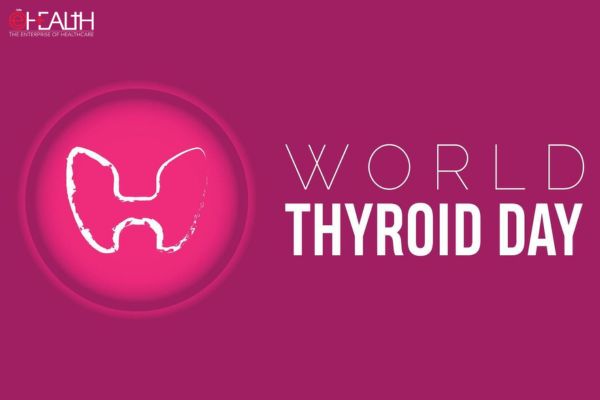
This World Health Day, with the world looking back at the theme of “My Health, My Right”, one of the greatest innovations in healthcare in recent times is conspicuous by its absence: telehealth. What started out as a technology-facilitated convenience, telehealth has rapidly become a foundation of universal access especially in a land as expansive and heterogeneous as India.
A Healthcare Revolution, Driven by Connectivity

In a country where rural regions are home to almost 65% of the population, access to good healthcare has historically been determined by geography. The urban-rural gap in healthcare infrastructure is extreme: more than 70% of India’s physicians are based in cities, while the majority of patients reside in rural areas. This imbalance has had tangible effects delayed diagnoses, avoidable complications, and disparity in care delivery.

But telehealth is quietly turning this story around.

Today, thanks to services such as eSanjeevani, India’s national telemedicine program, millions of consultations are being carried out remotely. From the tribal tracts of Chhattisgarh to the floodplains of Assam, telehealth is making specialist access possible that previously seemed unattainable. A diabetic patient in a rural village can now receive timely advice from an endocrinologist based in Delhi without traversing potholed roads or waiting at overwhelmed district hospitals.

Beyond Consultations: The Rise of Smart Healthcare
Telemedicine nowadays is a whole lot more than virtual consults. It covers remote diagnostics, monitoring of chronic diseases, triaging via artificial intelligence, and electronic medical records that enable care continuity. As outlined in the latest Industry report, breakthroughs in telemedicine now also accommodate 24×7 monitoring of patients to provide early treatment in life-critical conditions.
In India, the combination of telehealth and digital infrastructure is especially powerful. Through programs such as the Ayushman Bharat Digital Mission, more than a billion Indians are being ushered into an integrated digital health system. Telehealth services are now overlaid with distinct health IDs, digital prescriptions, and interoperable medical histories both personalizing and portabling care.
From Pandemic Necessity to Policy Priority
The COVID-19 pandemic accelerated the broad acceptance of telehealth, making it mainstream across specialties and demographics. What was considered an alternative in the past is now part of the mainstream care model.
Key to all this is that the public and private sectors in India have adopted this change. Teleconsultation desks have become part of government health centers; startups are employing vernacular language interfaces and AI chatbots to destroy literacy and language barriers; and insurance companies are now including teleconsultations in their policies.
The transition is not only technological, it’s cultural.
Also Read :- The Fight Against Healthcare Misinformation: Tackling Healthcare Literacy Challenges
Challenges on the Path Forward
Even as it holds out hope, telehealth in India encounters a number of headwinds: low internet connectivity in rural areas, digital illiteracy among elderly populations, and the necessity for better medico-legal frameworks to protect patients and providers alike. Providing data privacy, establishing trust in digital care, and upholding clinical quality in virtual environments are continuing imperatives.
But these are problems that can be solved, not structural barriers. With targeted investment and inclusive design, telehealth can become a genuinely universal healthcare gateway.
Rewriting the Future of Care
Telehealth represents a fundamental truth this World Health Day: healthcare does not have to start with a hospital visit it can start with a screen tap.
By bringing together India’s digital traction and its public health goals, we are seeing more than a trend; we’re seeing a revolution. One in which care comes to the doorstep, in which access is democratized, and where geography is no longer destiny.
Telehealth is not only revolutionizing the delivery of healthcare. It’s also revolutionizing who gets to have it and when. And by doing so, it’s moving us one step closer to a world where health is not a privilege, but a right attained.
Views expressed by: Ayush Chauhan, Executive Director, Prakash Hospital
Be a part of Elets Collaborative Initiatives. Join Us for Upcoming Events and explore business opportunities. Like us on Facebook , connect with us on LinkedIn and follow us on Twitter , Instagram.
"Exciting news! Elets technomedia is now on WhatsApp Channels Subscribe today by clicking the link and stay updated with the latest insights!" Click here!











